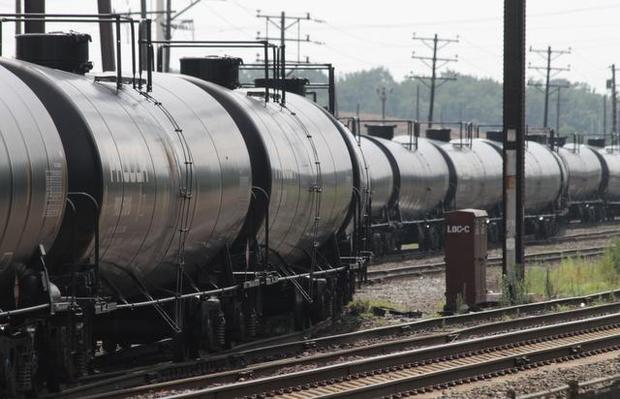Using Railroads Instead of Keystone XL
< < Go Back
Oil producers are finding ways to transport Canadian oil even without the president’s approval of Keystone XL, says McClatchy.
While the Obama administration continues to hold off on approving the Keystone XL pipeline, Canadian tar sands oil — a very thick oil — is being shipped via railroad. The rail system had previously been thought too expensive an option for transporting the oil, but producers are realizing that rail has certain advantages that negate those costs.
– Railroad is faster than transport via pipeline, and it can go to more destinations.
– Because tar sands oil is so thick, it must be diluted.
– For transport in a pipeline, that means diluting it to the extent that the pipeline loses a third of its capacity.
– Shipping in a railcar, on the other hand, requires much less dilution and sometimes none at all.
– Unlike pipelines, trains go in two directions and can transport the diluent back to the producer after it is extracted from the oil, as the thinner is removed at destination.
Research by transportation consultant Malcolm Cairns found that Canada’s two largest railroads — Canadian Pacific and Canadian National Railway — could transport between 600,000 and 800,000 barrels of Canadian crude oil every day within two years.
– Keystone XL’s proposed capacity is 830,000 barrels per day.
– Canadian Pacific and Canadian National Railway both reach the Gulf Coast, which contains 45 percent of U.S. refinery capacity, and the trains can also reach the east coast, which Keystone cannot.
By 2035, tar sands in Alberta and Saskatchewan are estimated to be able to produce $3 million more barrels per day — more than rail capacity. But even if pipelines are built, analysts expect railroads to be in it for the long haul. Companies are already increasing investment in loading facilities and constructing new terminals.
More From NCPA:




